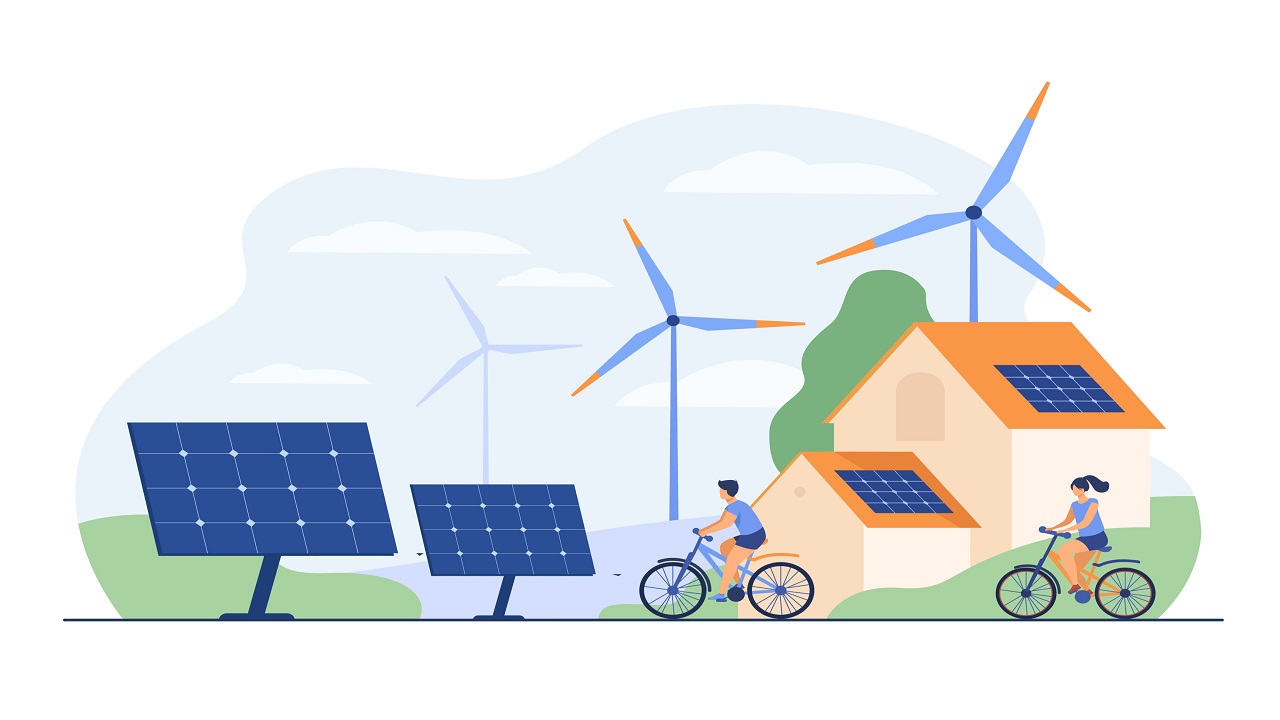India’s Energy Transition: Strategy, Security, and Sustainability
Context:
As India became the 4th largest economy in 2025 with a GDP of $4.3 trillion, energy security has emerged as a key pillar of its developmental and strategic agenda. In a recent op-ed, the Union Petroleum Minister outlined India’s energy transition journey, emphasizing the nation’s achievements in biofuels, green hydrogen, and infrastructure development. This comes at a time when India’s energy needs are growing rapidly, and its climate responsibilities are becoming more demanding.
India’s Energy Security: Why It Is Crucial
-
Rising Energy Demand: India is projected to contribute 25% of the global energy demand by 2047, underlining the need for a reliable and clean energy supply.
-
Strategic Independence: Reducing dependence on volatile international energy markets enhances sovereignty and national security.
-
Developmental Imperative: With a 6.7% growth rate in Q1 2025, continuous energy supply is essential for supporting infrastructure, industry, and services.
-
Balanced Regional Development: Energy access through city gas distribution and rural LPG penetration ensures equitable growth across regions.
-
Global Climate Commitments: To achieve net-zero emissions by 2070, India must diversify its energy mix and invest in sustainable alternatives.
India’s Multi-Dimensional Energy Strategy
-
Diversification of Energy Sources: India is expanding energy imports from new international partners while promoting domestic production to reduce oil dependency.
-
Exploration Expansion: Through reforms in OALP and DSF, exploration coverage has increased from 8% in 2021 to 16% in 2025, with a goal of 1 million sq. km by 2030.
-
Gas Pricing Reforms: Natural gas is now priced based on 10% of India’s crude basket, and a 20% premium is offered for new wells, encouraging private investments.
-
Infrastructure Expansion: India has developed 24,000 km of product pipelines and 96,000 fuel retail outlets. ONGC and Oil India have added 75 MMtoe through new oil and gas finds.
-
Digital Governance: Over 1 lakh energy assets have been mapped under PM Gati Shakti, leading to ₹169 crore in cost savings through logistics optimization.
Green Energy Push: India’s Transition to Clean Fuels
-
Ethanol Blending Milestone: Ethanol blending rose from 1.5% in 2013 to 19.7% in 2025, saving ₹1.26 lakh crore in foreign exchange and generating ₹1.79 lakh crore in payments to distillers.
-
Green Hydrogen Progress: India has tendered 8.62 lakh tonnes of green hydrogen. IOCL has awarded a 10 KTPA green hydrogen plant at Panipat, while NRL leads hydrogen deployment in the Northeast.
-
Compressed Biogas (CBG) Growth: Under the SATAT scheme, over 100 CBG plants are operational. India aims for 5% CBG blending by 2028, promoting circular economy and waste reduction.
-
Gas Pipeline Network: The national gas grid has expanded to 25,000 km, with a target of 33,000 km by 2030 to enhance last-mile energy connectivity.
-
Hybrid Energy Leases: A 2024 amendment allows the co-existence of hydrocarbon and renewable projects on the same site, accelerating low-carbon transitions.
Conclusion: India’s Shift from Energy Anxiety to Energy Assurance
India's approach to energy has evolved from dependency to resilience. Through policy innovation, infrastructure growth, and a strong push toward renewables, India is building a secure and sustainable energy ecosystem that aligns with its development goals and international climate commitments.




Comments (0)